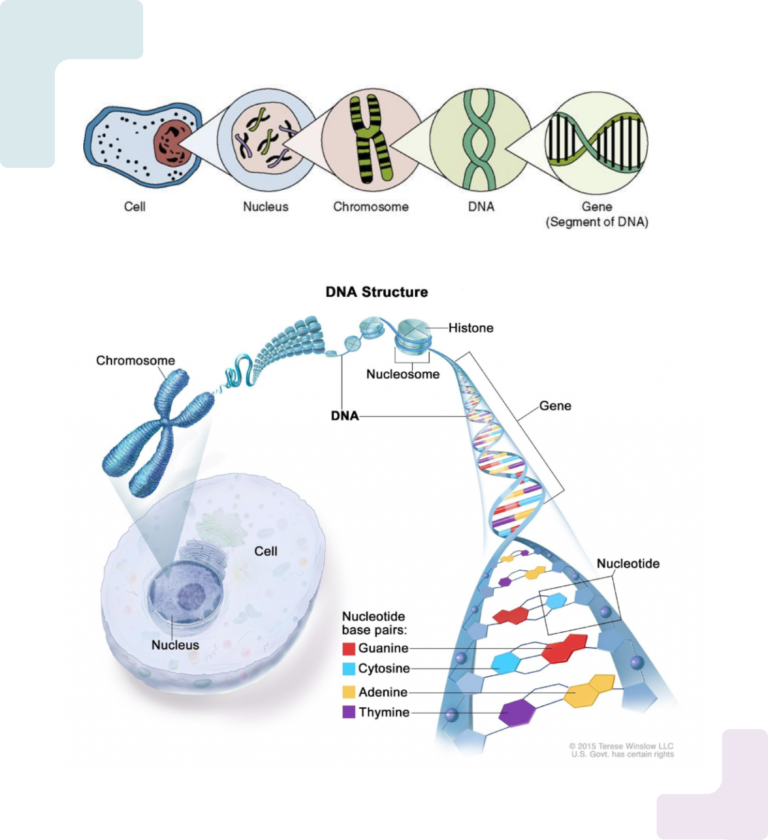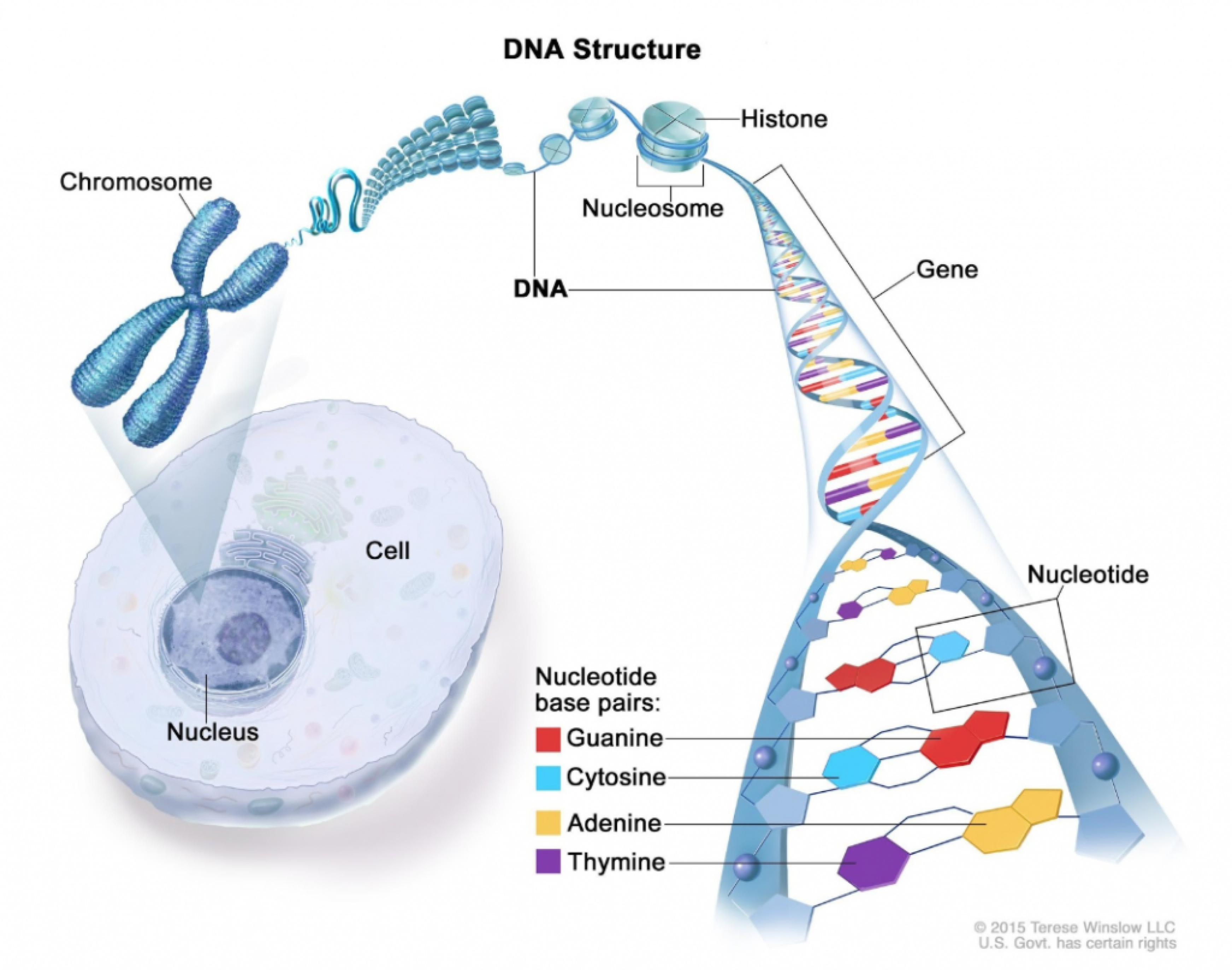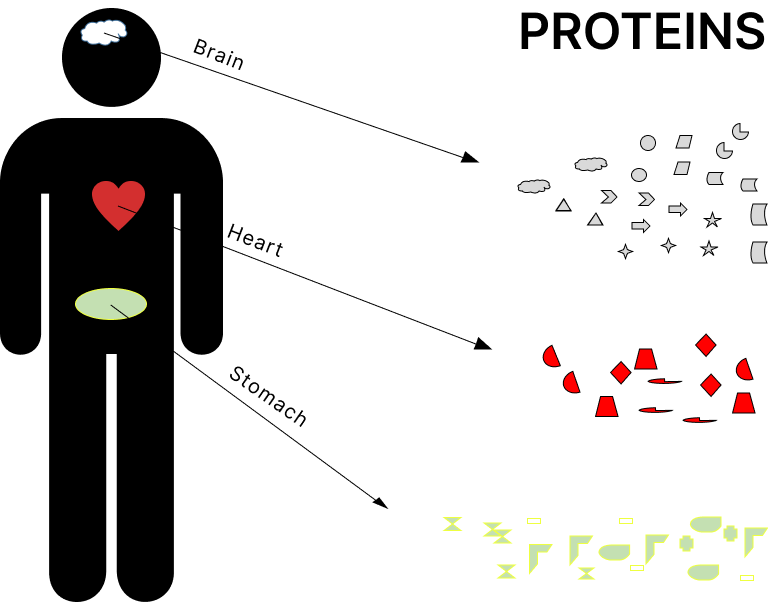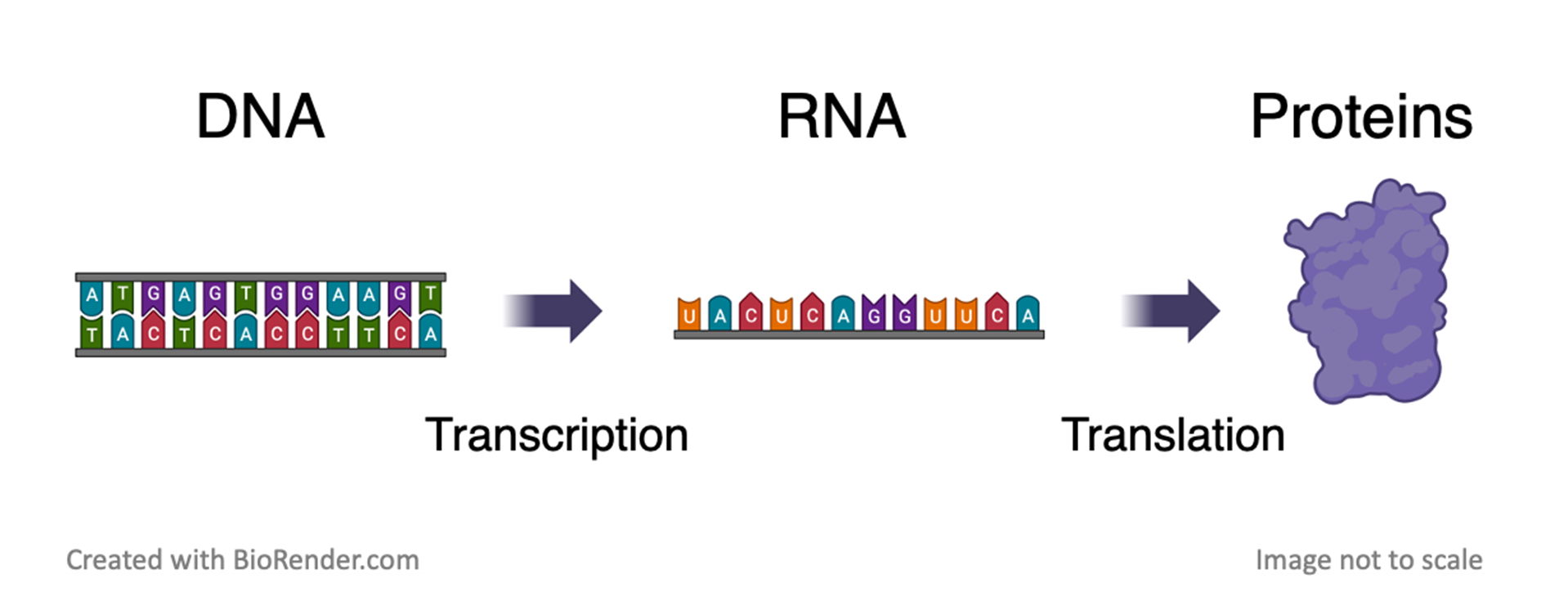Chromosome 101
Chromosomes are the structures that hold genes. Scientists are working to decipher what every gene on the human genome does, but they still have a lot to learn. This unique genotype is a complete set instructions that help the body synthesize proteins. The genotype dictates how the body is supposed to be built and function. This results in specific and unique physical and medical characteristics for every human being.
The Human Genome Project has revealed that there are probably about 20,000-25,000 ‘haploid’ protein coding genes. Chromosome 8 contains around 4.5 to 5 percent of the total DNA in cells, which is probably around 700 genes up to 1400 genes. Chromosome 8 contains about 146 million base pairs or DNA building blocks, of which over 95% have been determined.
Each chromosome has a short arm designated as “p,” a long arm identified by the letter “q,” and a narrowed region at which the two arms are joined (centromere). Chromosomes are further subdivided into bands that are numbered outward from the centromere. Telomeres are repetitive DNA sequences at the ends of the chromosomes that function as a cap to protect them.
During cell division, or mitosis, a parent cell divides into two or more daughter cells. Each new cell gets a complete copy of all the DNA from the parent cell (all 46 chromosomes). Cell division regulated itself depending on needs for growth and repair, and do so at different rates. Nerve and brain cells divide much less often than skin cells, for example.
In genetics screening, a karyotype is an actual photograph of the chromosomes from one cell. The cells analyzed are usually white blood cells. Cytogenetics is a word for the study of chromosomes.



Each organ in our body contains many cells. The cells in each organ has different proteins.
Cells all have the same DNA* – but they will have different proteins present within them based on genes being ON or OFF.
This allows cells in different organs to look and function differently from other organs.
(*unless mosaic)

PROTEINS – What do they do? EVERYTHING!

Proteins play a vast array of essentials function in the body. Some proteins function as molecular machines to facilitate chemical reactions, some make up the structural components of cells and tissues, others transport nutrients or relay signals throughout the body.
Genes, encoded by DNA, contain the instructions for the assembly of proteins. Which genes are turned on or off in a given cell determines which proteins will be made. The specialized functions of different cell types or tissues requires different sets of proteins. Cells in the brain will make a different set of proteins than cells in the stomach, for example.
Scroll





